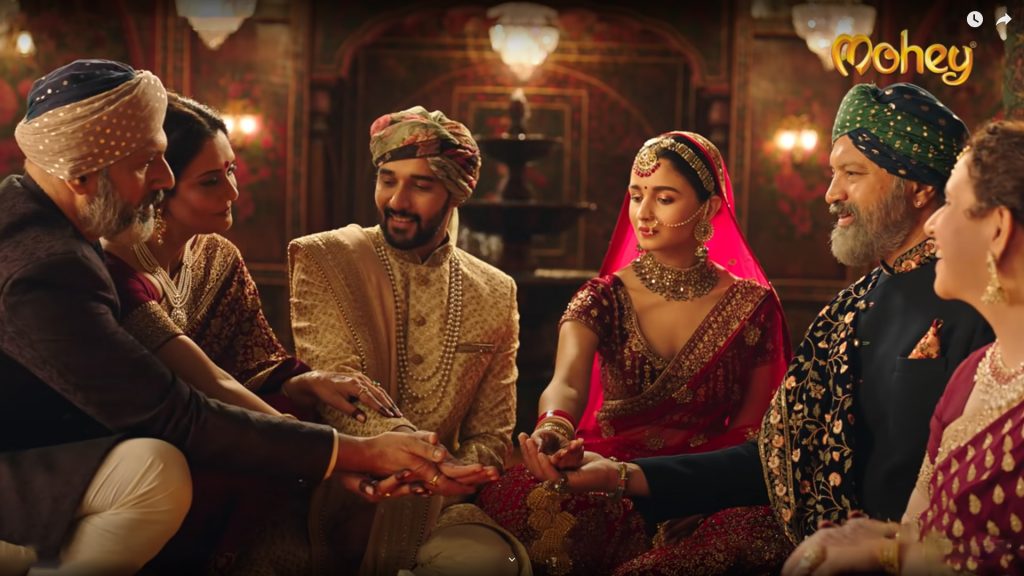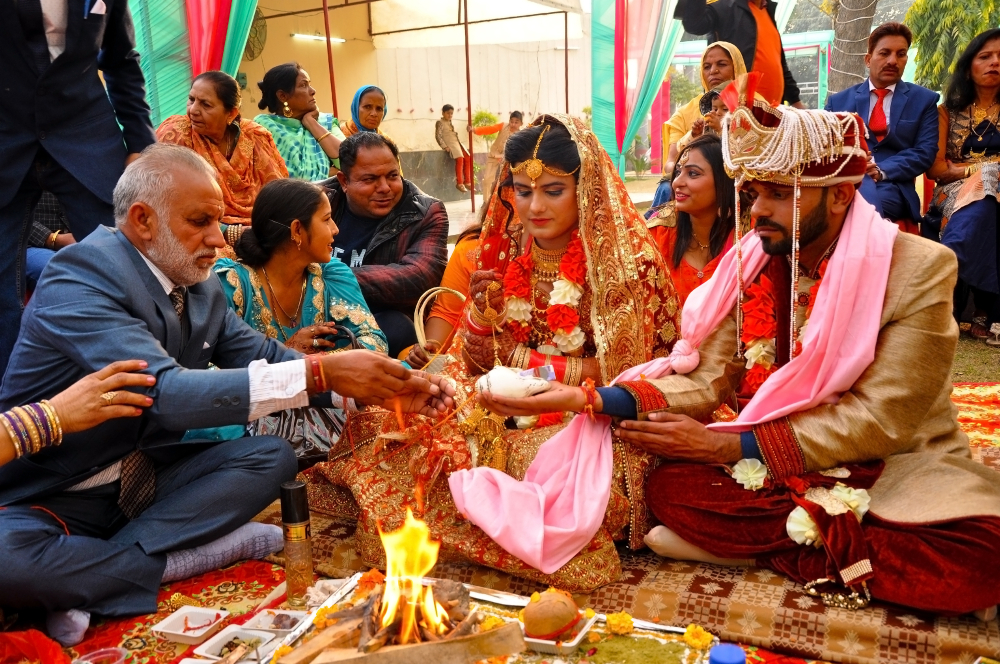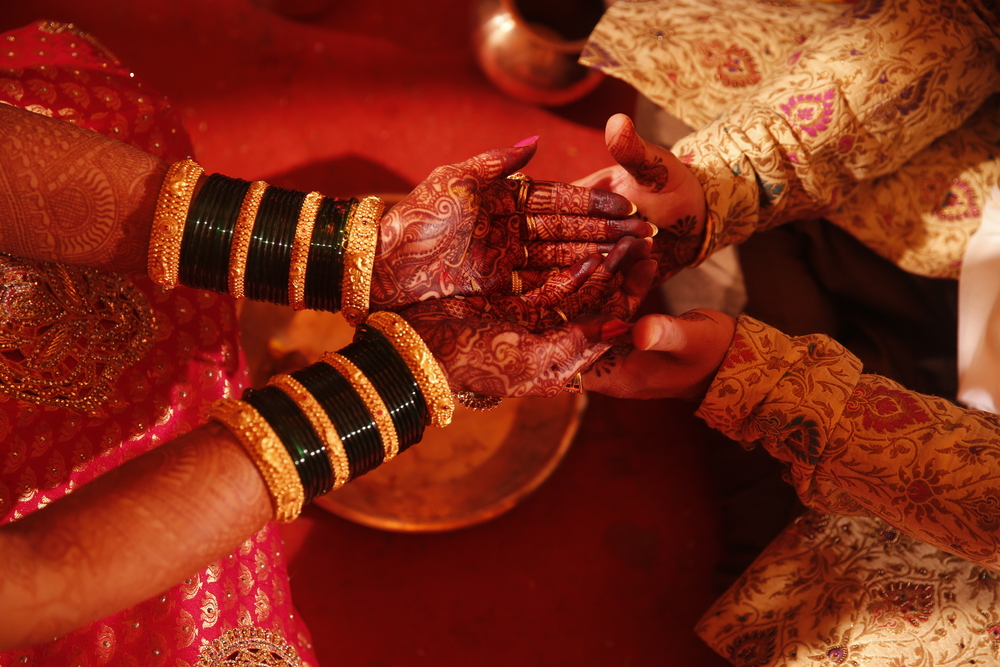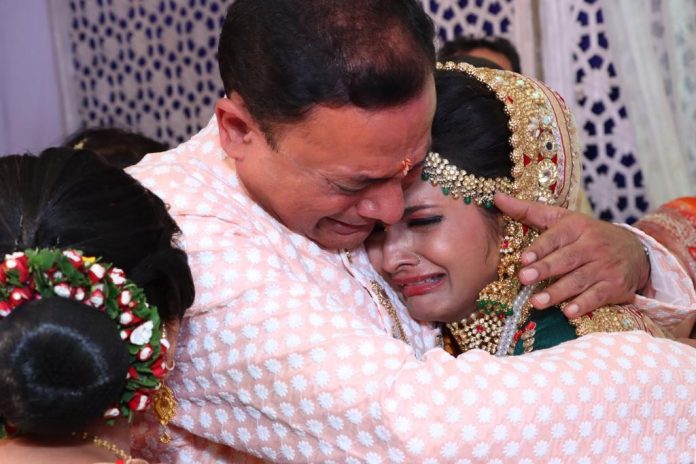The beauty of the fundamental rationale and deeper meanings behind the various marriage ceremonies are lost on most of the people, rues Nagesh Alai
Marriage is a hoary sacred institution across cultures and the practices and rituals that go with it have a deeper significance from religious, philosophical and practical perspectives. If one analyses the various marriage rituals amongst different communities and religions, the fair amount of commonality in these rituals will become evident. Little wonder, marriage is seen as a milestone event in the lives of men and women even today.
The contemporary live-in relationships that are sporadic amongst millennials is more an intellectual anti-marriage-establishment stance hiding behind its deep insecurities of relationships and trust, commitment phobia and keeping options open in the current milieu of ‘here today, gone tomorrow’. A live-in relationship, at a deeper level, is nothing but a tryst with marriage called differently; the underlying cause and effect are the same. Everyone likes to smell the roses, whatever the name be.
In this context, the recent advertisement of Mohey, a bridalwear brand (a part of Manyavar), in which the protagonist, Alia Bhat, questions the concept of ‘kanyadaan’ in a marriage function likening it to objectification of women, is ludicrous, if not downright lack of knowledge and wisdom. Little wonder, that the ad met with derision and outrage in the social media and had to be withdrawn. One of the key teachings of the Bhagwad Gita is that wrong thinking is the cause of all the problems! Mohey could have done better if only it had restricted itself to brand messaging rather than social messaging without understanding the underpinnings of cultures and customs.

Daan could variously mean sacrifice, donation, charity, giving away a part of oneself, selflessness, etc. The ultimate daan is giving away a part of oneself. Let me share some ‘kathas’ anecdotally to understand the true meaning of daan.
King Shibi was a descendant of King Bharata and was known for his wisdom, care for his subjects, justice and honouring his commitments. It so happened that one day whilst relaxing in his terrace, a dove, chased by an eagle, landed on his lap and sought his protection from the eagle. Given his proclivity to protect whoever came to him, Shibi promised to protect it. The eagle followed soon after and asked Shibi to hand over the dove to him so that he can sate his hunger. Faced with a dilemma, Shibi offered some meat from the kitchen, but the eagle insisted on the return of the dove to him. As a way out, the eagle agreed to accept Shibi’s flesh of an equal weight as the dove. As he was wont to keep his word, Shibi happily agreed and started cutting of his flesh from his right thigh bit by bit. But no matter how much flesh he cut away and put on the scale, the pan with the dove always weighed more. His entire right side of the body was cut away, but it was still not enough. To ensure that he kept his word to the eagle too, and not just the dove, he started cutting flesh from his left side too. At this moment, the dove and the eagle vanished and, in their place stood Dharmaraj, the King of Righteousness and Indra, the King of the Heavens. They showered blessings and boons on Shibi as he had passed the ultimate test of upholding Dharma.
Another anecdote is that of King Mahabali, the ruler of the three worlds, who offered his own head to the brahmin boy, Vamana (one of the avataar of Lord Vishnu) as the third step to fulfil his promise of allowing Vamana to take away whatever land in his kingdom he could with his three steps. On getting the grant of the three steps from Mahabali, Vamana transformed himself into his universal form of Vishwaroopa and with one step covered the entire world (Mrityulok) and with the second step covered the heaven (Swargalok). There was no place left for the third step. That’s when Mahabali offered his own head. After this, Vishnu restored the earth and heaven to the gods and sent Mahabali to rule the nether world.
When a father gives away his kanya’s (daughter’s) hand in marriage to the groom, he is actually parting with a part of his heart, a part of himself. He is doing the ultimate sacrifice. That is the true meaning and context of the term ‘kanyadaan’. The heart-rending pathos of kanyadaan and bidaai is vindicated and captured beautifully in the Neel Kamal film song, ‘babul ki duayen leti jaa, jaa tujko sukhi sansar mile’, penned by Sahir Ludhianvi, sung by Mohammed Rafi and music scored by Ravi. Anyone who knows the song or heard the song would not have had twisted the meaning of ‘kanyadaan’ to cater to the misplaced ‘wokeism’ of today, as was done by Mohey in the ad.
The article would be incomplete without an overarching holistic perspective on the marriage function itself. Most readers, Hindus particularly, would be aware about the four ashrams (stages) of life – brahmacharya, grihastha, vanaprastha and sanyasaa. Grihasthashram begins with marriage.

In a typical marriage setup, the mandap per se represents the universe. The four corners of the mandap represents North, South, East and West. The four pillars represent the four parents of the bride and the groom. Fire denotes the divine light and acts as the witness to the union of the bride and the groom. Mangalvadya is a necessary part of the ritual and refers to the soothing percussion instruments that are played in the course of the Swagatam rituals to welcome the families. The earthen pot, containing curd, honey, grains, etc. symbolise the world and the groom breaking it represent his capacity to face the world and handle challenges in life. Ganesh or Vignaharta puja is done to remove obstacles and give a good start to a new life of togetherness. Antarpat refers to the white curtain between the bride and the groom to denote that they are separate before the completion of the ceremonies. Kanyagaman refers to the bride’s uncle escorting her to the mandap and facilitating in removing the antarpat and exchange of garlands between the bride and the groom. Kandyadaan refers to the parents giving away their daughter’s hand in marriage to the groom. The Mangalpheras refer to the ambulation around the fire and initiation of a new life together and are symbolic of living a life of dharma (duty to make each other happy), arth (earning livelihood based on honesty and integrity of purpose), kama (fulfil desires keeping the principle of dharma in mind) and moksha (‘Self’ knowledge or nirvana) to break the circle of life and death.
The Saptdapadi (the seven steps) represents the journey of the bride and the groom together and cover important aspect of managing life itself – providing nourishment, nurturing oneness, efforts towards success and wellbeing, mutual happiness and dedication, healthy progeny, enjoyment of all seasons and loyalty to vows. Maangalyadharanam or mangalsutra or the ring is a token of abiding love and devotion while sindoor in itself represents the blessings of the Divine. Ashirvachan or aashirvadams are blessings bestowed by the elders and families. Bidaai refers to the farewell and the bride throwing back a fistful of rice behind her symbolises her good wishes to her childhood home for a continued prosperity.

The pity is that the beauty of the fundamental rationale and deeper meanings behind the various marriage ceremonies are lost on most of the people and they do not bother to understand their respective cultures or customs or the genesis of it all. Perhaps, Mohey (a derivative of the word ‘moha’ or attraction) was thinking that marriage is about a transient attraction and not a lasting bond between the bride and the groom based on mutuality and sound principles.
A recent family wedding culminating with welcoming the bride at home was a cherished and beautiful experience of these ceremonies. There was bidaai, there was daan. But it was all joy, no sorrow.








